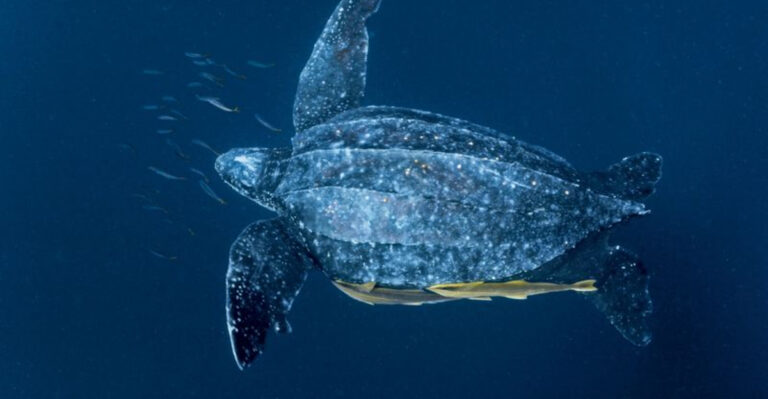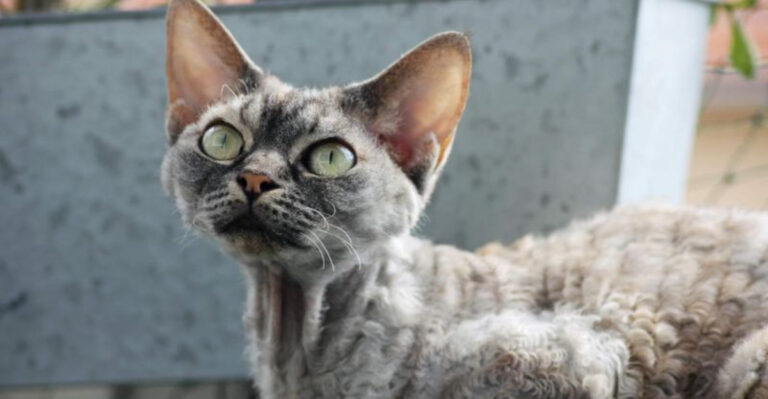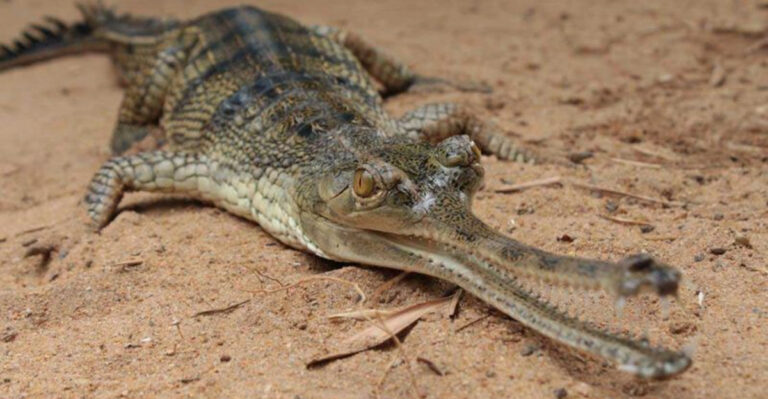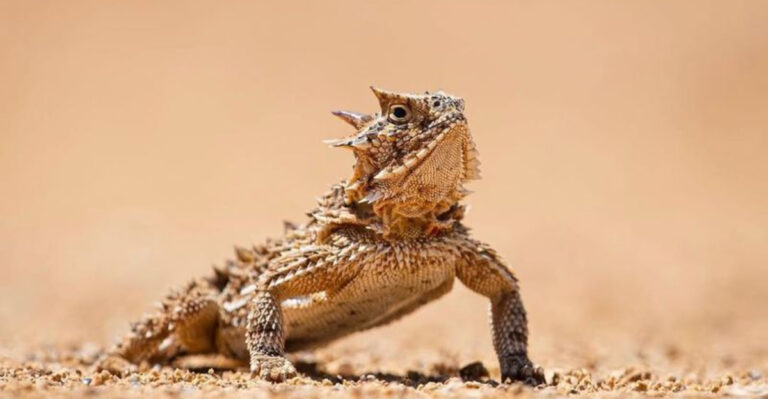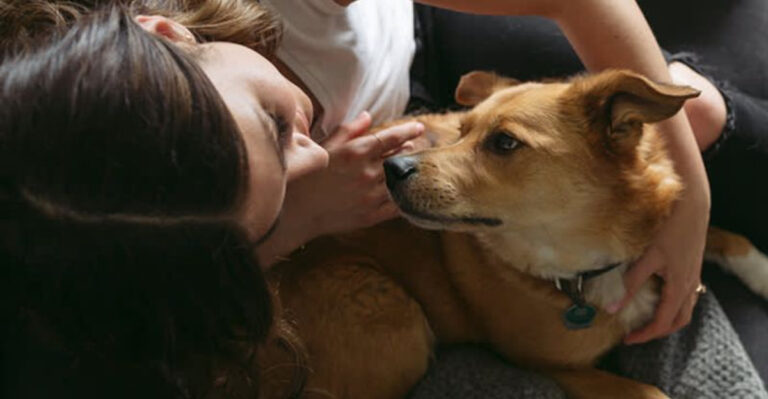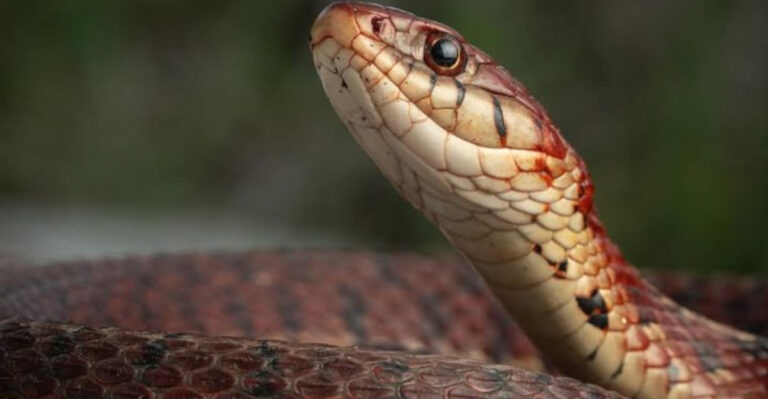18 Fascinating Traits That Set Horses Apart From Every Other Pet
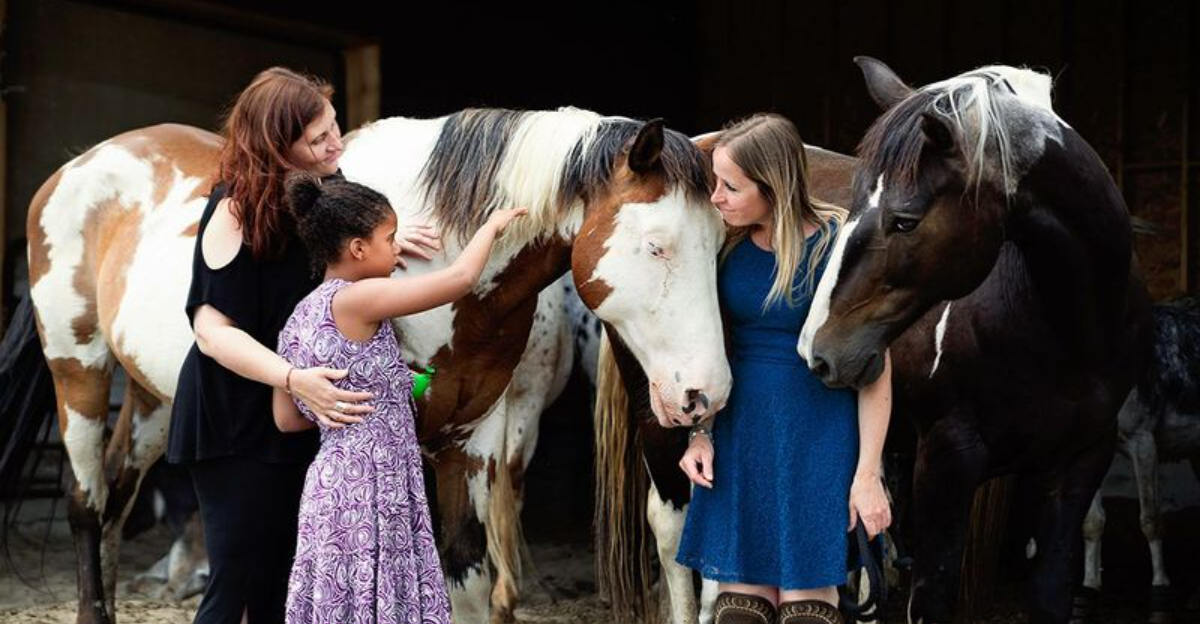
Ever wondered what makes those magnificent four-legged friends so special? Horses aren’t just larger versions of dogs or cats – they possess extraordinary characteristics that make them stand out in the animal kingdom.
From their remarkable memory to their unique sleeping habits, these gentle giants offer companionship unlike any other domestic animal.
1. Sleep Standing Up
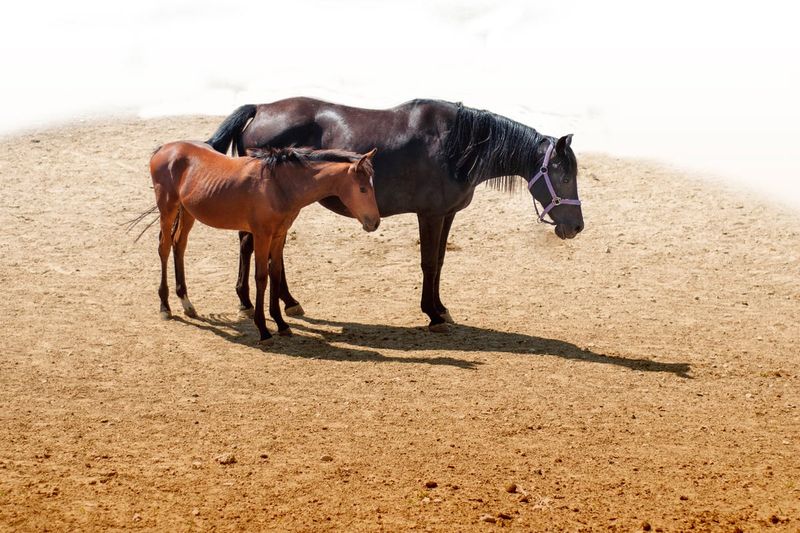
Did you know these majestic creatures can snooze while standing? A special ‘stay apparatus’ in their legs locks joints in place, letting horses rest without falling over.
This adaptation developed as a survival mechanism in the wild. When danger approached, standing sleepers could sprint away instantly, unlike those who’d need to struggle to their feet first.
2. 360-Degree Vision
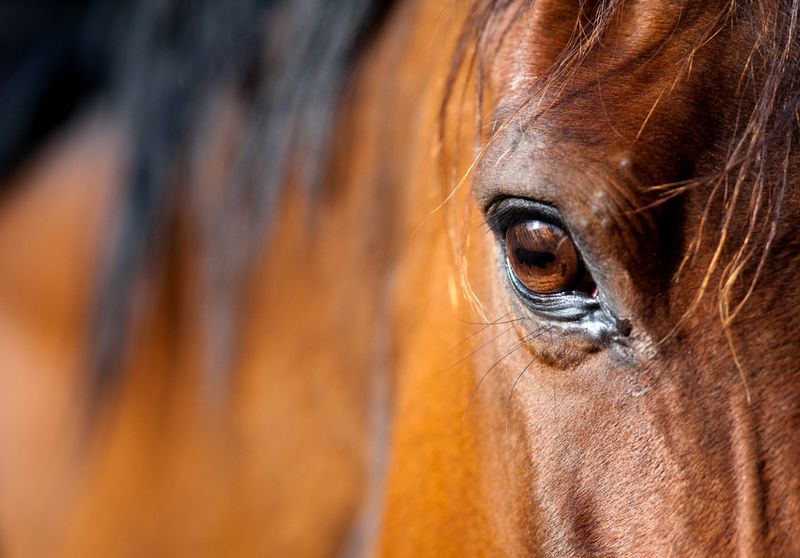
Imagine seeing almost everything around you without turning your head! Horses’ eyes sit on the sides of their skull, giving them nearly panoramic vision.
They can monitor predators from almost any direction while grazing. The only blind spots exist directly behind and immediately in front of them, which explains why they sometimes get startled when you approach from these angles.
3. Emotional Intelligence
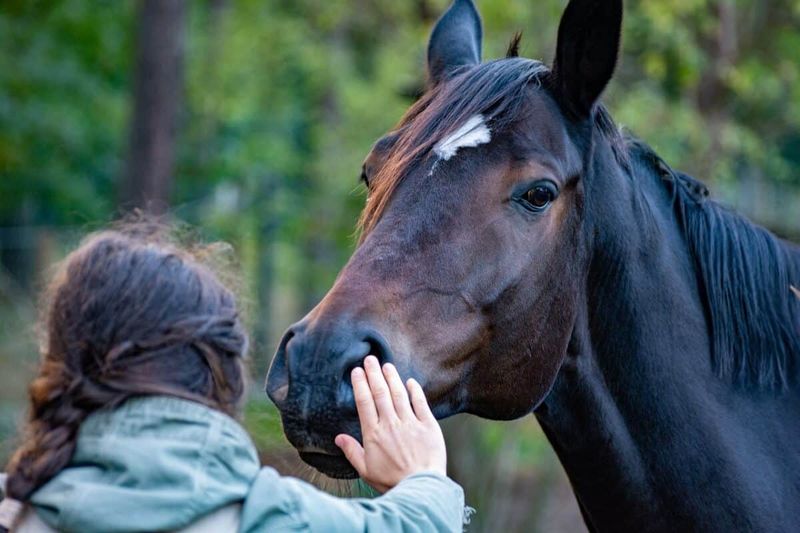
Forget the notion that horses are simple beasts. These perceptive animals can read human facial expressions and body language with remarkable accuracy.
Research shows they remember people’s emotional states between encounters. A person who approached angrily in the past will be treated with caution during future meetings, even when wearing different clothes or appearing in new contexts.
4. One-Toed Wonders
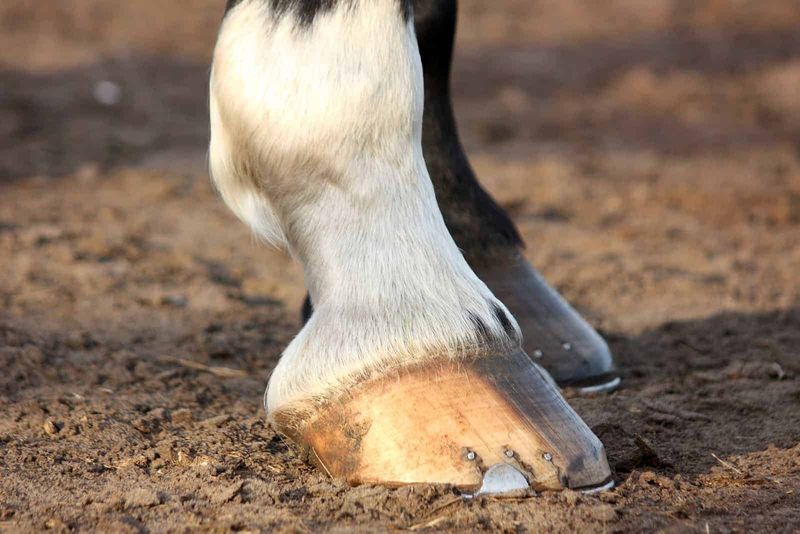
Unlike cats with their retractable claws or dogs with their padded paws, horses walk on a single toe! Their hooves are actually modified middle fingers.
Evolution transformed their ancestors’ five-toed feet into today’s single-digit design. This unique adaptation allows for incredible speed while running across open terrain – something your average house pet simply can’t match.
5. Social Hierarchies
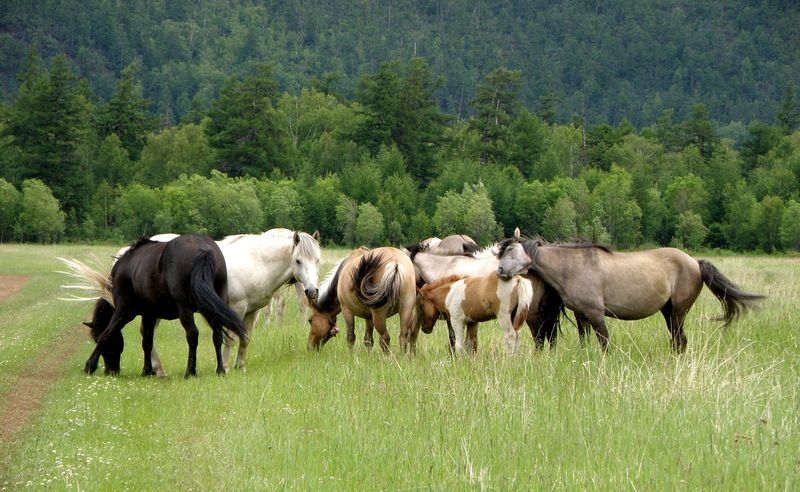
Backyard chickens might have a pecking order, but horse herds maintain complex social structures that can rival primate societies. Each herd establishes clear leadership and intricate relationships.
Members recognize dozens of herdmates individually and remember their status. These sophisticated networks include friendships, rivalries, and alliances that shift over time – just like human social circles.
6. Independent Eye Movement
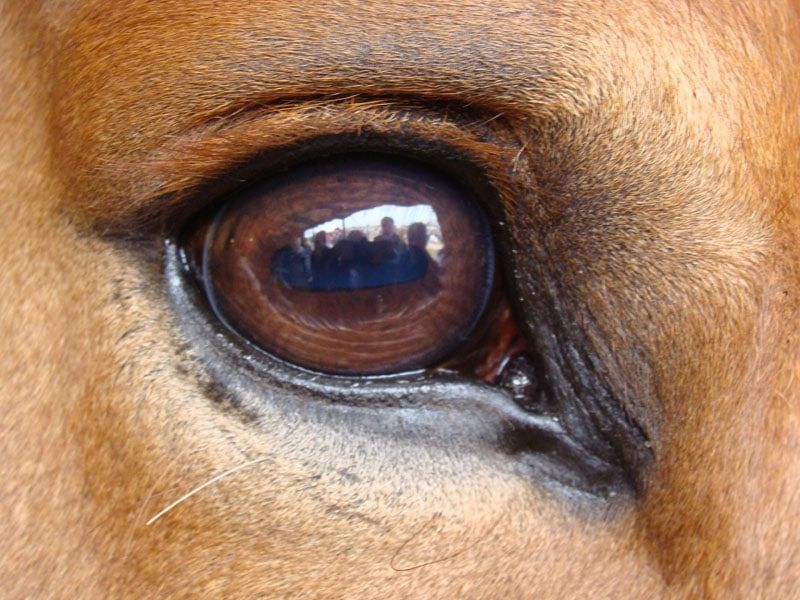
Talk about multitasking! Horses can move each eye independently, allowing them to watch two different things simultaneously.
This remarkable ability means they can keep one eye on their food while scanning the horizon for danger with the other. No other common pet possesses this distinctive visual capability that combines vigilance with efficiency.
7. Lightning-Fast Reflexes
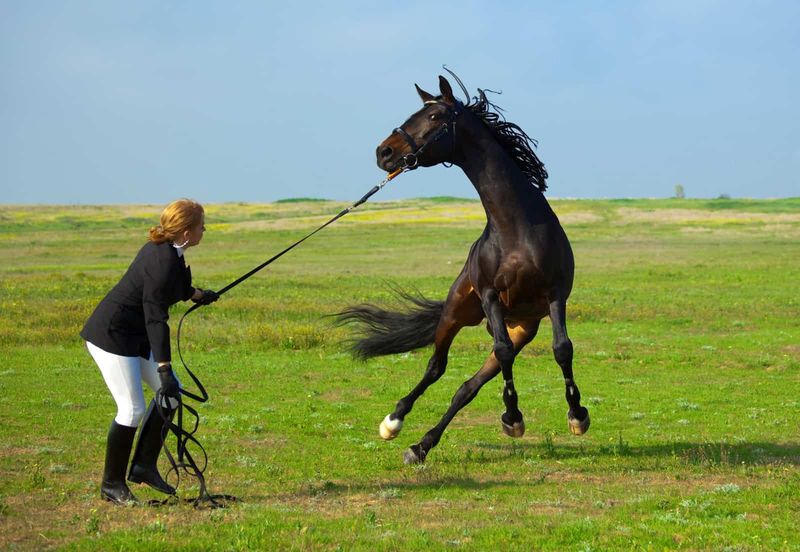
Blink and you’ll miss it! Horses react to stimuli in just 0.2 seconds – significantly faster than humans and most other domestic animals.
These split-second responses developed as essential survival tools in the wild. While your cat might have impressive reflexes, horses combine this lightning-quick reaction time with explosive speed that can launch their thousand-pound bodies into instant motion.
8. Extraordinary Memory
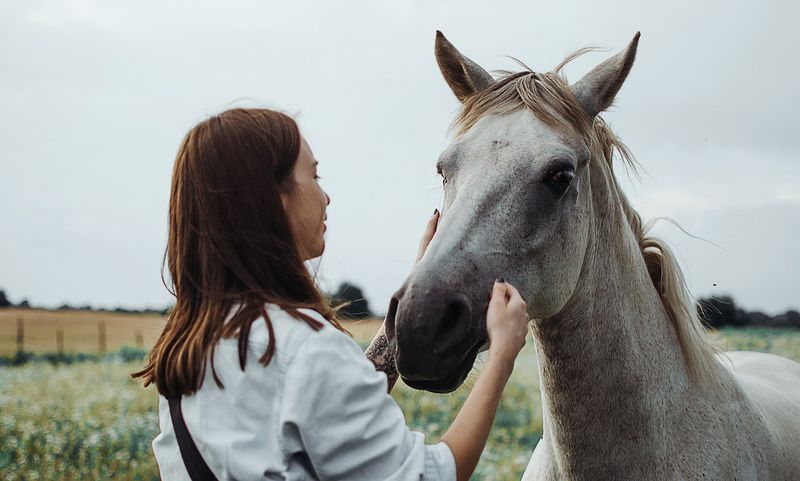
Remember that trail ride from three years ago? Your horse certainly does! These animals possess exceptional long-term memory, recognizing places, people, and experiences decades later.
They’ll remember exactly where that scary plastic bag appeared on a path years ago. This remarkable recall extends to training – once they’ve learned something properly, horses rarely forget it completely.
9. Weather Forecasters
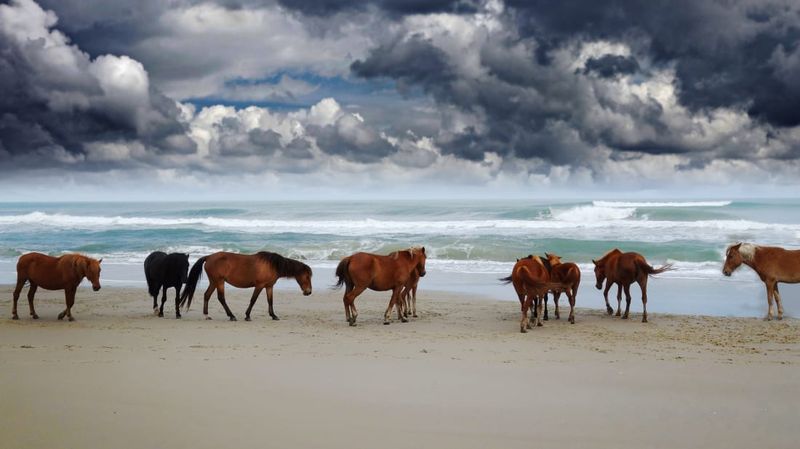
Forget checking your weather app! Horses can sense barometric pressure changes and often predict storms hours before humans notice any signs.
Their behavior typically shifts before weather changes – becoming more energetic or anxious ahead of storms. This natural sensitivity exceeds that of dogs and cats, making horses living barometers for those who know how to read their signals.
10. Synchronized Heartbeats
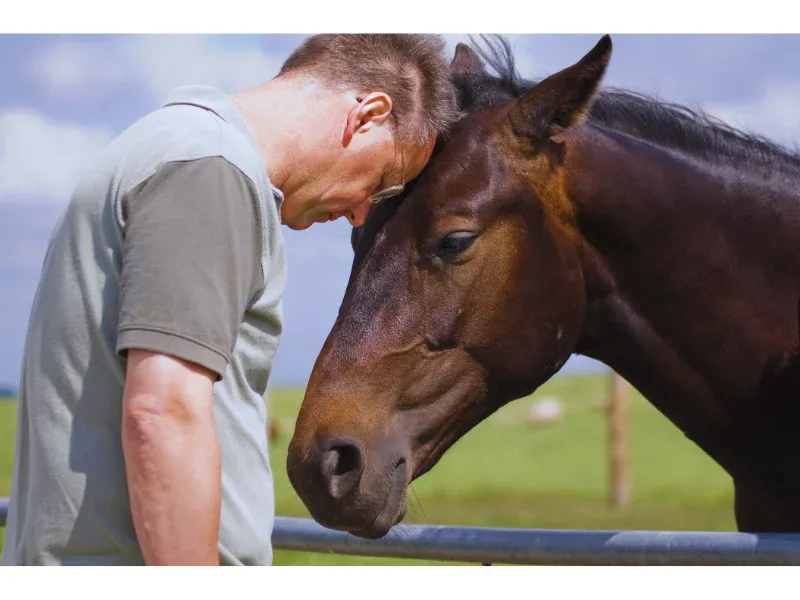
When you spend time with a horse, something magical happens. Research shows that human and horse heart rhythms can synchronize during interactions.
This physiological connection doesn’t typically occur with other pets. The phenomenon strengthens bonds between riders and their mounts, creating a unique form of nonverbal communication that transcends species boundaries.
11. Massive Digestive System
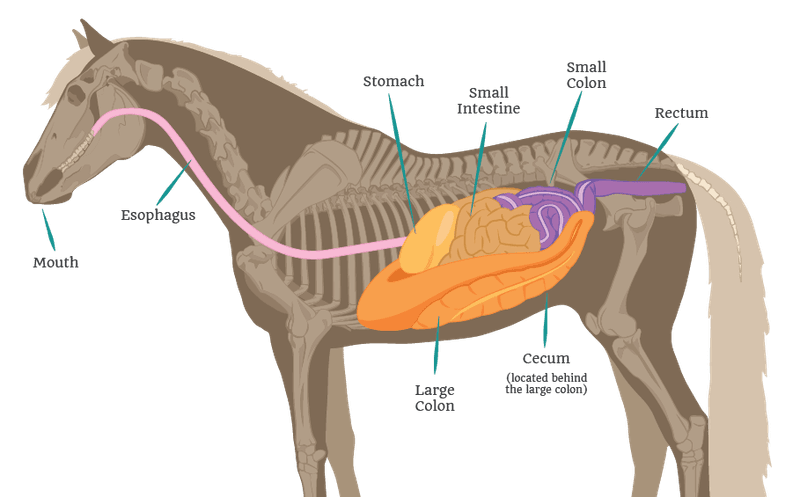
While your cat’s stomach might be the size of a ping-pong ball, a horse’s digestive tract stretches over 100 feet long! This complex system processes food continuously.
Unlike dogs who eat meals, horses are designed to graze nearly constantly. Their specialized digestive anatomy allows them to extract nutrients from tough grasses and hay that would leave other pets malnourished.
12. Expressive Body Language
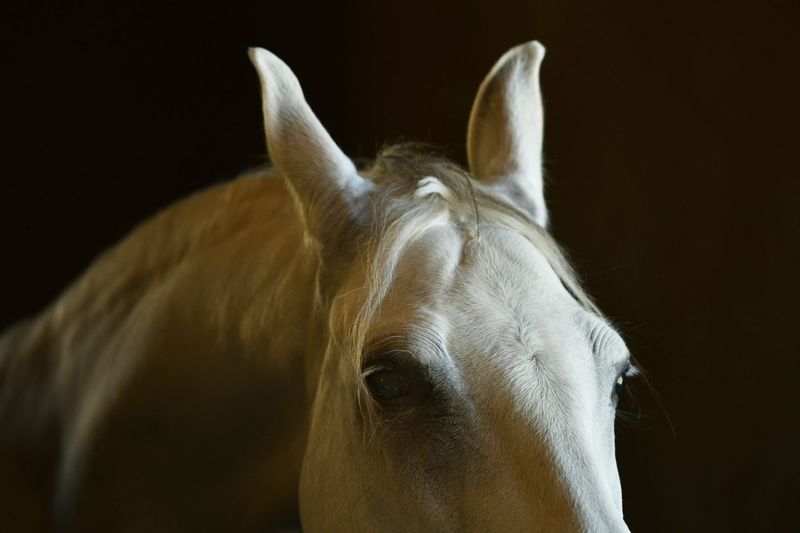
A flick of the ear speaks volumes in horse communication. These animals use over 17 distinct facial expressions – more than dogs and nearly as many as chimpanzees!
Their communication arsenal includes ear positions, nostril flares, and tail movements. This sophisticated body language allows horses to convey detailed messages about their emotional states, intentions, and responses to their environment.
13. Natural Athletes
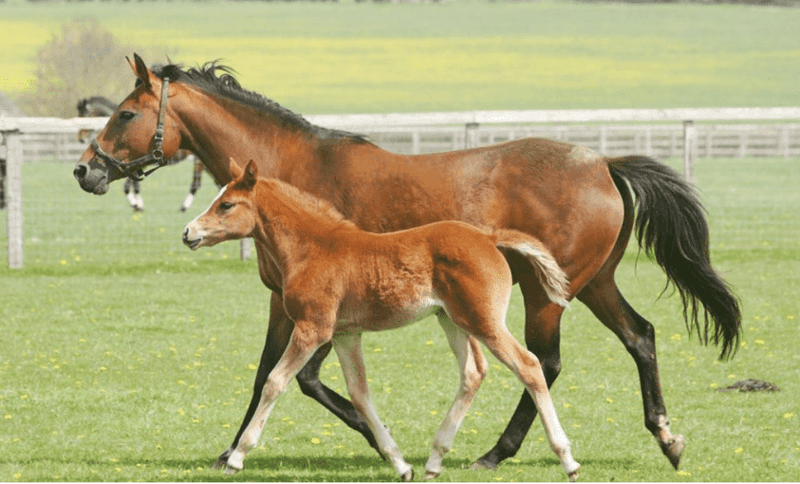
Born just hours before they can run! Unlike puppies or kittens who spend weeks developing basic mobility, foals stand within 1-2 hours of birth and gallop shortly after.
This astonishing physical development continues throughout their lives. Adult horses can jump obstacles taller than themselves and maintain speeds of 25-30 mph over extended distances – athletic feats unmatched by any other domestic animal.
14. Unique Dental Timeline
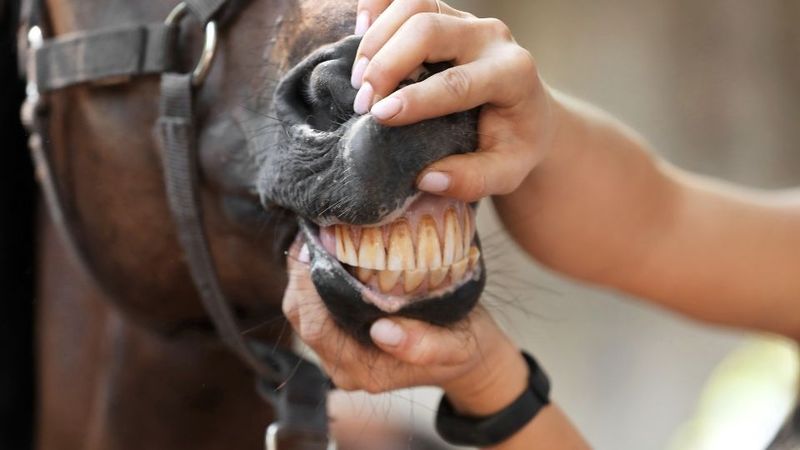
Forget the tooth fairy – horses have their own fascinating dental schedule! Their teeth continuously erupt throughout their lives, growing about 1/8 inch annually to compensate for wear.
Experienced horse people can estimate a horse’s age by examining tooth wear patterns. This distinctive dental adaptation helps horses process abrasive plant material for decades, unlike other pets with more limited dental lifespans.
15. Binocular And Monocular Vision
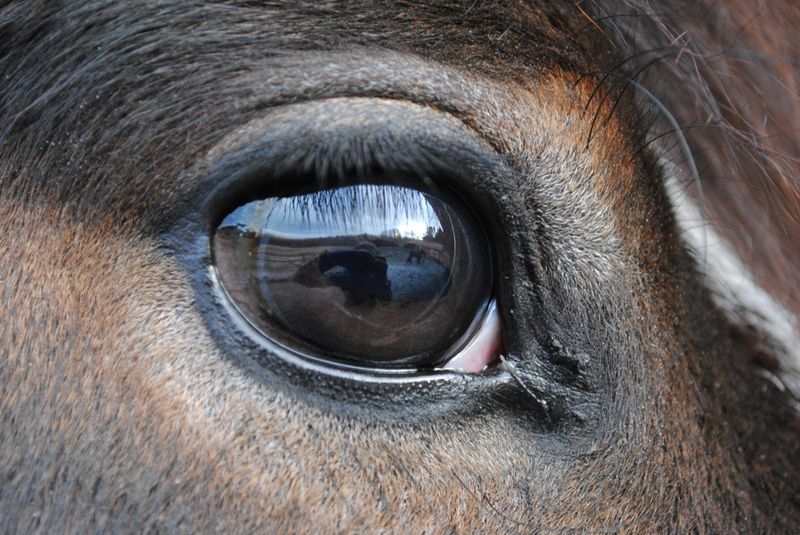
Horses possess a visual superpower – they can switch between two types of vision! Their eyes work independently for wide-angle watching or together for depth perception.
When grazing, they use monocular vision to scan for threats across a nearly 360° field. When focusing on obstacles while jumping or navigating terrain, they switch to binocular vision for precise depth judgment.
16. Co-evolution With Humans
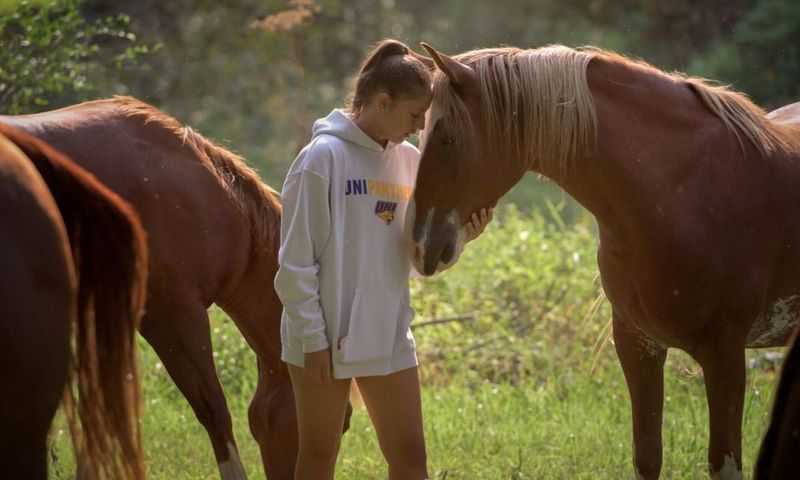
Our relationship with horses spans over 6,000 years – far longer than with most common pets. This extended partnership has shaped both species in remarkable ways.
Horses evolved to read human body language with exceptional accuracy. Meanwhile, human civilizations developed alongside these animals, with horse transportation influencing everything from city design to warfare tactics throughout history.
17. Therapeutic Presence
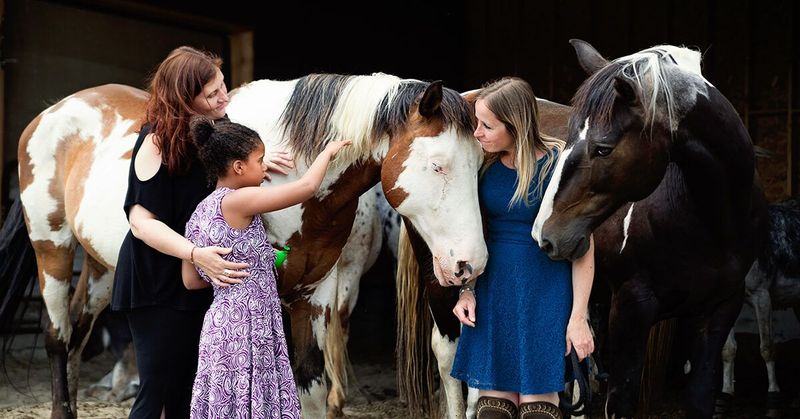
Beyond emotional bonds, horses provide measurable healing benefits. Their presence can lower human blood pressure and reduce stress hormones more effectively than most other animals.
This physiological impact forms the basis for equine therapy programs. People with conditions ranging from PTSD to autism often experience breakthrough moments with horses when other therapeutic approaches have fallen short.
18. Remarkable Joint Flexibility
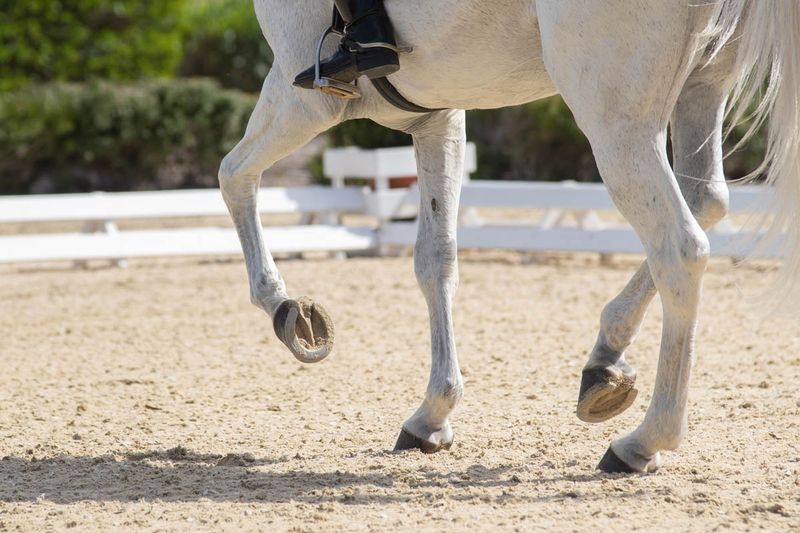
Watch a horse galloping at full speed – that’s joint flexibility in action! Their legs contain specialized tendons acting like springs, storing and releasing energy with each stride.
This unique anatomical feature enables them to move efficiently at high speeds. The elastic recoil system in their legs would be like humans bouncing on pogo sticks – a biomechanical marvel unmatched by other domestic animals.

